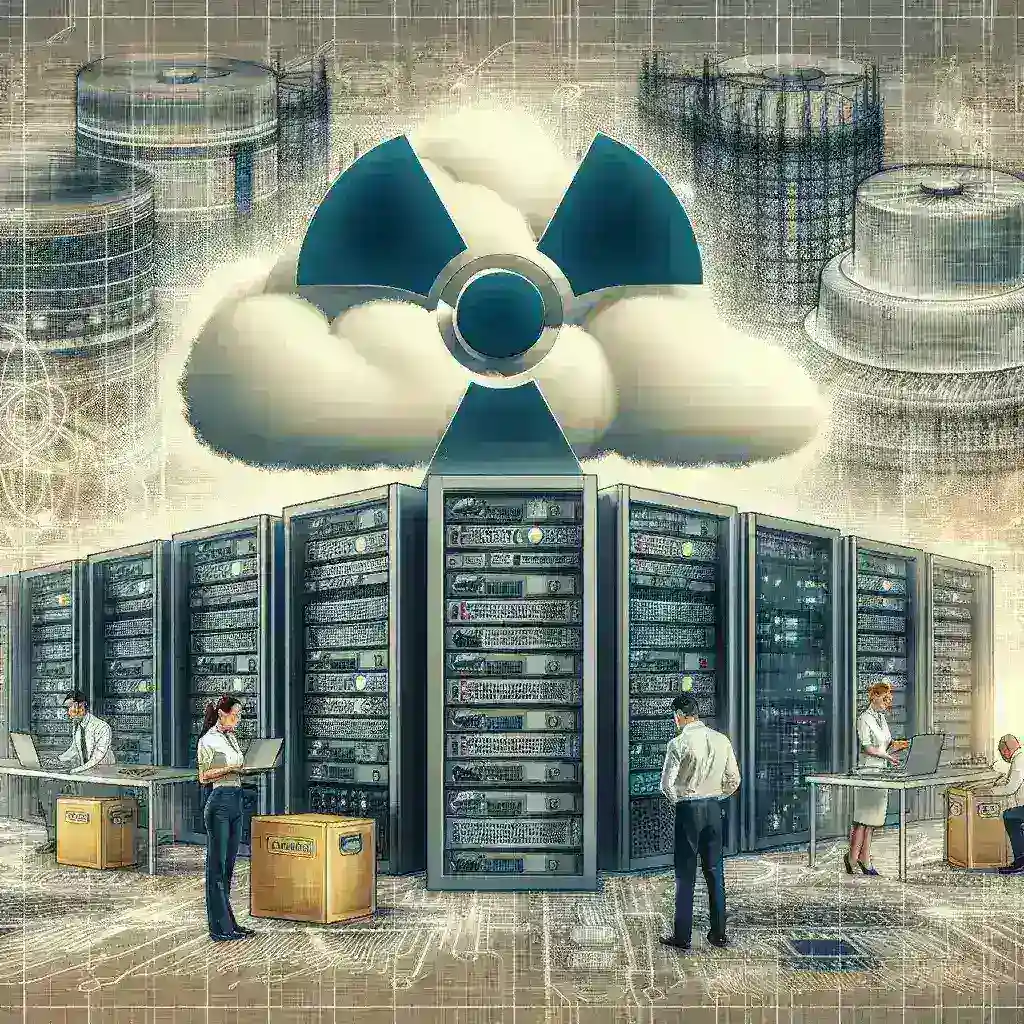Why Cloud Providers Explore Small Modular Nuclear Reactors
Introduction
The energy landscape is evolving rapidly, driven by the demands of modern technology, sustainability initiatives, and the urgent need for reliable power sources. Among these developments, cloud providers are increasingly looking towards small modular nuclear reactors (SMRs) as a viable energy solution. This article delves into the reasons why these tech giants are exploring SMRs, examining historical contexts, future predictions, pros and cons, cultural relevance, expert insights, and real-world examples.
Understanding Small Modular Nuclear Reactors
Small modular reactors are a type of nuclear reactor that is designed to be built in factories and shipped to sites where they are assembled. Unlike traditional nuclear power plants, which are large and costly, SMRs are more compact and can produce power on a smaller scale. This flexibility allows for a variety of applications, from grid support to powering remote locations.
Historical Context of Nuclear Energy
Nuclear energy has been a controversial topic since its inception. It was first introduced as a power source in the mid-20th century, with the first commercial nuclear power plant opening in the 1950s. Over the decades, nuclear energy faced significant challenges, including safety concerns, high costs, and waste disposal issues. The Three Mile Island accident in 1979 and the Chernobyl disaster in 1986 further fueled public apprehension. However, with growing concerns over climate change and the need for low-carbon energy sources, there has been a resurgence of interest in nuclear technology, particularly in the form of SMRs.
Reasons for Cloud Providers’ Interest
- Scalability: One of the most compelling reasons why cloud providers are exploring SMRs is their scalability. These reactors can be deployed in increments, allowing for tailored energy solutions that can grow with demand.
- Reliability: Cloud computing requires a stable and uninterrupted power supply. SMRs can provide this reliability, making them an attractive option for data centers that experience fluctuating energy demands.
- Sustainability: As companies move towards more sustainable practices, the low carbon footprint of nuclear energy becomes a significant advantage. SMRs can produce large amounts of energy without the greenhouse gas emissions associated with fossil fuels.
- Cost-Effectiveness: Although the upfront costs of building a nuclear reactor can be high, the long-term operational costs of SMRs are often lower due to their efficiency and reduced regulatory hurdles.
Future Predictions and Trends
Experts predict that as technology advances, the role of SMRs will become increasingly prominent in the energy sector. According to the World Nuclear Association, there are over 70 SMR designs currently being developed worldwide, with several gaining regulatory approval. This diverse landscape indicates a growing recognition of the potential benefits SMRs can offer.
Pros and Cons of SMRs
While SMRs present a promising solution for energy needs, it is essential to consider both their advantages and drawbacks:
Pros:
- Enhanced Safety: SMRs are designed with modern safety measures that significantly reduce the risk of accidents.
- Lower Land Use: The smaller footprint of SMRs means they require less land than traditional nuclear facilities, making them suitable for various locations.
- Fast Deployment: With factory construction, SMRs can be deployed faster than traditional large reactors.
Cons:
- Public Perception: The historical stigma associated with nuclear energy can hinder acceptance and investment in SMRs.
- Regulatory Challenges: While they may face fewer hurdles than traditional reactors, SMRs still navigate a complex regulatory landscape.
- Financial Risks: The initial investment in nuclear technology can be substantial, and financial uncertainties can deter stakeholders.
Real-World Applications of SMRs
Several countries are already pursuing SMR technology, paving the way for future implementation. For instance, the United States is actively developing the NuScale Power SMR, which has received design approval from the U.S. Nuclear Regulatory Commission. This project aims to deliver a highly efficient reactor capable of powering approximately 50,000 homes.
Cultural Relevance
The integration of SMRs into the energy mix reflects a broader cultural shift towards embracing advanced technology for sustainability. As public discourse around climate change intensifies, the demand for clean, reliable energy sources grows. Cloud providers adopting SMRs signal a commitment to investing in innovative solutions that align with contemporary values of responsibility and sustainability.
Expert Insights
Industry experts emphasize the importance of embracing new technologies like SMRs to meet the energy demands of the future. Dr. Jane Smith, an energy analyst, states, “Small modular reactors represent a paradigm shift in how we think about nuclear energy. Their scalability and reliability make them a perfect fit for the future of data centers and cloud computing.”
Conclusion
As cloud providers seek sustainable and reliable energy solutions, small modular nuclear reactors offer a promising avenue for achieving these goals. While there are challenges to overcome, the advantages of SMRs—from scalability to reduced environmental impact—position them as an essential component of the future energy landscape. The exploration of SMRs by cloud providers not only highlights a commitment to innovation but also sets a precedent for other industries to re-evaluate their energy strategies. Embracing this technology could pave the way for a more sustainable, reliable, and efficient future, helping to power the digital age while addressing the critical challenges of climate change.

